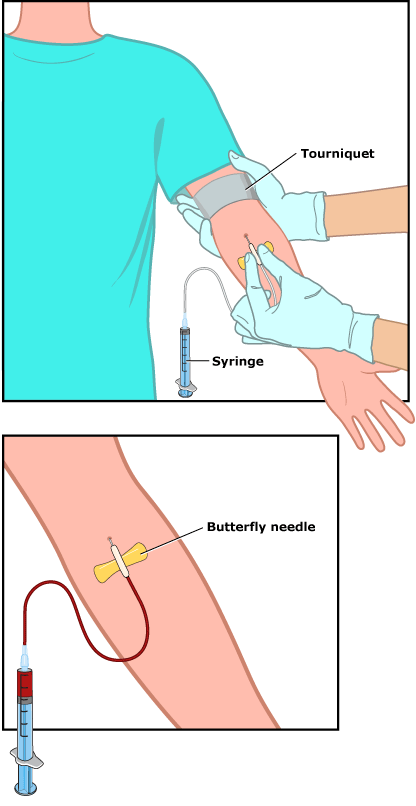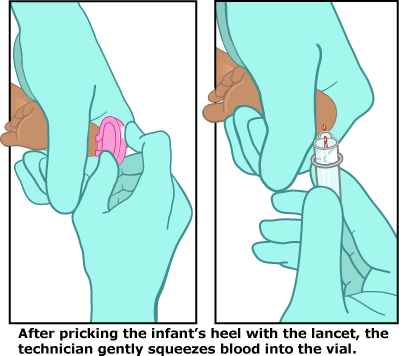Getting a Blood Test
What Is a Blood Test?
By taking and testing a small sample of a person’s blood, doctors can check for many kinds of diseases and conditions. Blood tests help doctors check how the body’s organs are working and see if medical treatments are helpful.
How Do We Prepare for a Blood Test?
To help your child get ready for a blood test, find out if they need to fast (not eat or drink) or should stop taking medicines before the test. Tell your doctor about any medicines your child takes because some might affect the test results.
Talk to your child about what to expect during the test. A few kids and teens are afraid of needles. If your child is anxious about it, work together on ways to stay calm. You also can talk with the doctor before the test about ways to make it easier.
Wearing a T-shirt or short-sleeved shirt for the test can make things easier for your child, and you also can bring along a toy or book as a distraction.
How Are Blood Tests Done?
Collecting the blood for the test takes only a few minutes. A health care technician will:
- Clean the skin area (usually the inside of an elbow or back of a hand) with antiseptic.
- Put an elastic band (tourniquet) around the upper arm to apply pressure. This makes the veins swell with blood.
- Insert a needle into a vein. Occasionally, it can be hard to find a vein, so the technician may need to try more than once.
- Draw the blood from the vein into a vial or syringe.
- Remove the elastic band.
- Remove the needle and cover the area with cotton or a bandage to stop the bleeding.
Sometimes blood tests can be done as a “fingerstick” test. The health professional will clean your child's finger, then prick the tip of it with a tiny needle (or lancet) to collect the blood. In babies, some blood draws may be done as a "heel-stick collection." After cleaning the area, the technician pricks the baby's heel with a tiny needle (or lancet) to get the blood sample.


How Can Parents Help?
Parents usually can stay with their child during a blood test. Encourage your child to relax and stay still because tensing muscles can make it harder to draw blood. Your child might want to look away when the needle goes in and the blood is collected. Help your child relax by taking slow deep breaths or singing a favorite song.
A blood draw usually is only temporarily uncomfortable. It’s fairly painless and can feel like a quick pinprick. After, there may be some mild bruising, which should go away in a day or so. Get medical care if the discomfort gets worse or lasts longer.
Are There Any Risks From Blood Tests?
A blood test is a safe procedure with minimal risks. Some kids might feel faint or lightheaded from the test.


